I had rather be a kitten and cry mew than one of these same metre ballet mongers
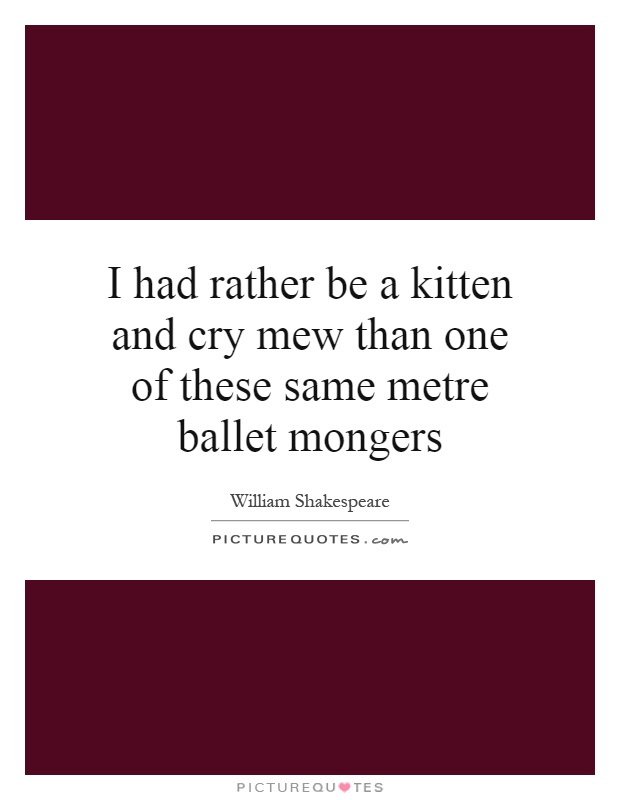
I had rather be a kitten and cry mew than one of these same metre ballet mongers
The line "I had rather be a kitten and cry mew than one of these same metre ballet mongers" is from William Shakespeare's play Henry IV, Part 1. In this scene, the character of Prince Hal is expressing his disdain for the pretentious and artificial nature of the courtiers and nobles around him. He is essentially saying that he would rather be a simple and innocent creature like a kitten, than be associated with the shallow and insincere individuals who populate the royal court.This line is a reflection of Prince Hal's complex character and his struggle to find his true identity amidst the decadence and corruption of the court. Throughout the play, Prince Hal grapples with his own sense of self and his responsibilities as a future king. He is torn between his wild and rebellious nature, and the expectations placed upon him as a member of the royal family.
By comparing himself to a kitten, Prince Hal is highlighting his desire for authenticity and simplicity in a world that is filled with artifice and deceit. The image of a kitten crying "mew" is a stark contrast to the grandiose and pompous behavior of the courtiers, who are more concerned with appearances and social status than with genuine emotion.
The phrase "metre ballet mongers" refers to the courtiers who engage in elaborate displays of poetry and dance, using their skills to manipulate and deceive others. Prince Hal sees through their façade and recognizes the emptiness of their performances. He would rather be true to himself, even if it means being seen as insignificant or unimportant in the eyes of others.
Overall, this line captures the essence of Prince Hal's internal struggle and his quest for authenticity in a world filled with hypocrisy and falsehood. It is a powerful statement about the importance of staying true to oneself, even in the face of societal pressure and expectations.

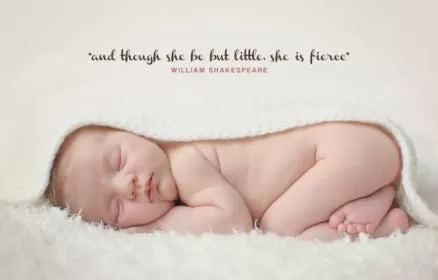
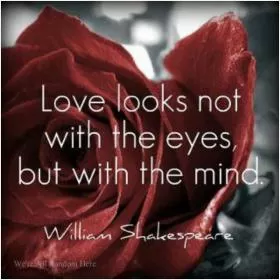
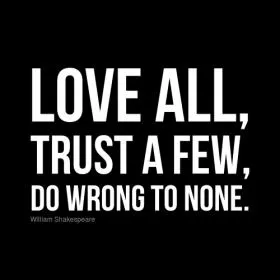
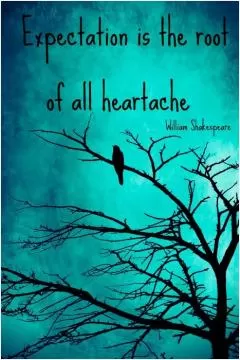
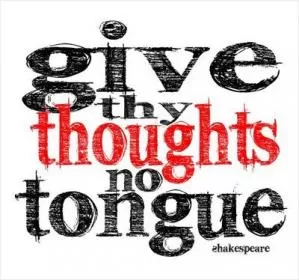
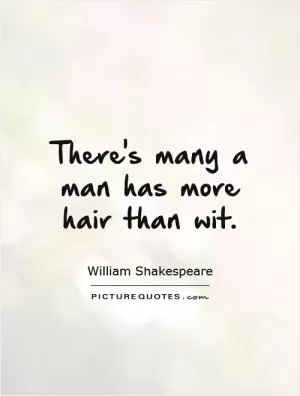
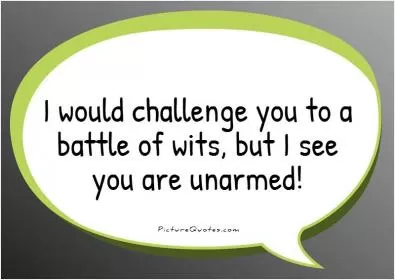
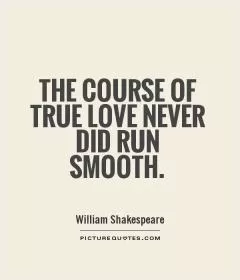
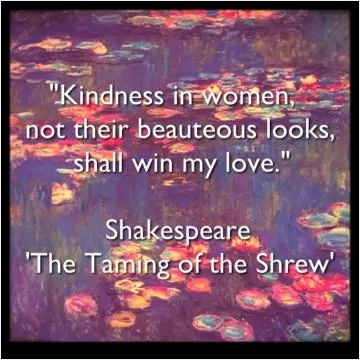

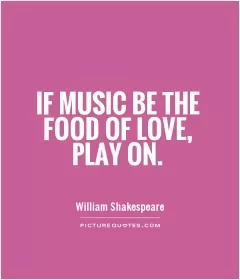
 Friendship Quotes
Friendship Quotes Love Quotes
Love Quotes Life Quotes
Life Quotes Funny Quotes
Funny Quotes Motivational Quotes
Motivational Quotes Inspirational Quotes
Inspirational Quotes